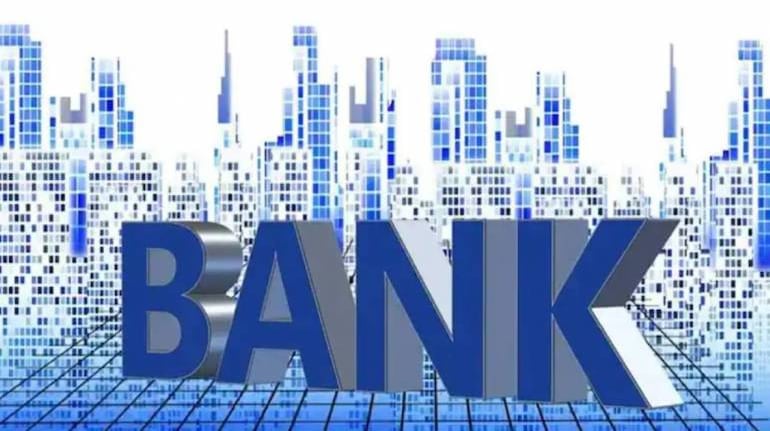



The country's top 50 "wilful defaulters" owed Rs 9,2570 crore to Indian banks as on March 31, 2022, the government told in Parliament on December 19, citing Reserve Bank of India (RBI) data.
Wilful defaulters are those borrowers who have the means to pay back the banks but wouldn't do so. Banks ostracise such defaulters from the financial system and these borrowers cannot avail loan from banks or start new businesses.
In a written response, minister of state Bhagwat Karad told Parliament that Gitanjali Gems Limited, which defaulted on loans of Rs 7,848 crore, tops the list. Next is Era Infra (with an exposure of Rs 5,879 crore) and Rei Agro which defaulted on loans worth Rs 4,803 crore.
Gitanjali Gems is promoted by fugitive diamantaire Mehul Choksi. Last week, the CBI filed three news cases against Choksi for allegedly cheating a group of banks of Rs 6,746 crore. In one of the cases, Choksi, Gitanjali Gems and its senior executives are accused of cheating a consortium of 28 banks of Rs 5,564 crore between 2010 and 2018, reports have said.
Others in the list include Concast Steel and Power, ABG Shipyard, Frost International and Winsome Diamonds and Jewellery, the minister said.
What happens to wilful defaulters?
As per RBI, wilful defaulters are not sanctioned any additional facilities by banks or financial institutions and their unit is debarred from floating new ventures for five years.
Wilful defaulters and companies with wilful defaulters as promoters or directors are barred from accessing capital markets to raise funds through the Securities and Exchange Board of India (Substantial Acquisition of Shares and Takeovers) Regulations, 2016.
According to RBI data, the gross non-performing assets (NPAs) of public sector banks (PSBs), which peaked at Rs 8.9 lakh crore following the Asset Quality Review undertaken by the central bank, declined to about Rs 5.41 lakh crore as on March 31, 2022.
Banks try to recover bad loans but when there is no scope for recovery, lenders typically write off loans. According to RBI data, banks have written off Rs 10.09 lakh crore in the last five financial years.
The county’s largest lender State Bank of India (SBI) wrote off Rs 2 lakh crore in the last five financial years, Punjab National Bank Rs 67,214 crore followed by IDBI Bank, which wrote off Rs 45,650 crore.
Among private sector banks, ICICI Bank wrote off Rs 50,514 crore of loans and HDFC Bank wrote off Rs 34,782 crore loans.
Write-offs have contributed significantly to the decline in bank NPAs over years. According to the RBI’s financial stability report for June 2022, the gross NPA ratio of banks fell to a six-year low of 5.9 percent in March 2022. The net non-performing assets ratio fell to 1.7 percent in March 2022.
The gross NPA ratio refers to the percentage of bad loans to the total loans of a bank.
Discover the latest Business News, Sensex, and Nifty updates. Obtain Personal Finance insights, tax queries, and expert opinions on Moneycontrol or download the Moneycontrol App to stay updated!
Find the best of Al News in one place, specially curated for you every weekend.
Stay on top of the latest tech trends and biggest startup news.